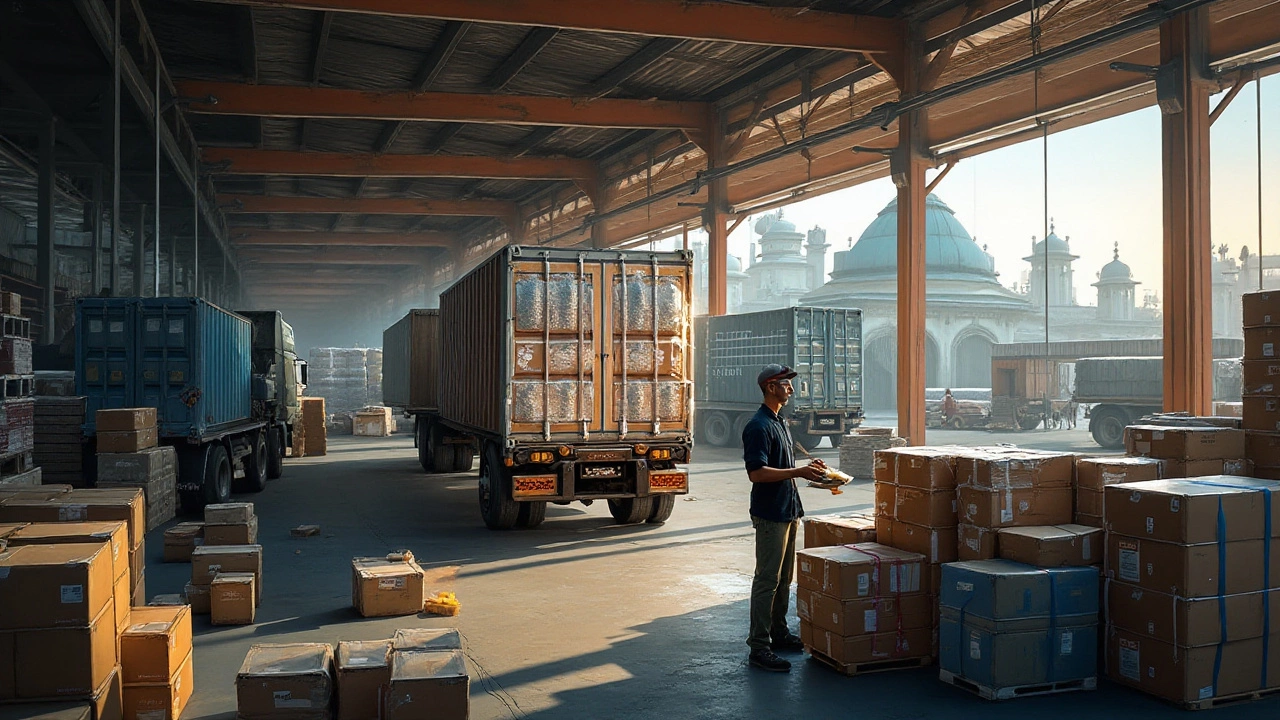Logistics Tips: Simple Strategies to Streamline Your Shipping
Running a business means moving products from point A to point B without losing money or time. The good news? You don’t need a PhD in logistics to cut costs and avoid delays. Below are actionable tips you can start using today, whether you ship a few pallets a month or manage a full‑scale supply chain.
Plan Your Routes Like a Pro
The first step in any shipment is choosing the right route. Use free mapping tools to compare distance, traffic patterns, and toll costs. Look for routes that avoid peak‑hour congestion; even a 15‑minute shortcut can save fuel and keep delivery windows tight. If you ship regularly to the same locations, consider setting up a recurring route in your transport management system. This gives you a baseline for expected fuel use and lets you spot anomalies early.
Don’t forget to factor in load size and weight. Overloading a truck can lead to higher fuel consumption and possible fines. Split large orders into multiple trips if it means staying within legal weight limits and keeping fuel efficiency high. When you have several shipments heading the same direction, consolidate them into a single truck. Consolidation reduces the number of miles driven and lowers carbon emissions, a win‑win for your bottom line and the environment.
Pack Smarter, Save Money
Packaging may seem like a minor detail, but it directly affects shipping costs. Choose box sizes that fit the product snugly – too much empty space means you’ll need more padding and possibly a larger crate. Standardize your packaging dimensions across product lines; this lets you negotiate better rates with carriers because they can plan space more efficiently.
Invest in reusable pallets or crates if you work with repeat customers. A reusable system cuts down on single‑use packaging waste and often qualifies for lower freight rates. Also, label each package clearly with weight, dimensions, and handling instructions. Clear labeling reduces the chance of mis‑loads, which can cause delays and extra handling fees.
If you ship internationally, pay attention to customs documentation. Incomplete paperwork is a common cause of shipment holds at borders. Keep a checklist of required certificates, HS codes, and invoice details. A well‑prepared shipment moves faster, and faster movement translates to lower storage fees and happier customers.
Finally, track every shipment in real time. Many carriers offer free tracking dashboards that let you see where a truck is at any moment. Real‑time data helps you communicate accurate ETAs to customers and allows you to reroute if unexpected traffic or weather pops up. Setting up automatic alerts for delays lets you act quickly, minimizing the impact on downstream operations.
By following these simple logistics tips—optimizing routes, packing efficiently, and staying on top of documentation—you’ll see measurable improvements in cost, speed, and reliability. Start small, test one tip at a time, and scale the changes that bring the biggest wins. Your supply chain will become leaner, and your customers will notice the difference.

Cost-Effective Strategies for Shipping Electronics from India to USA
Shipping electronics from India to the USA involves various cost factors including packaging, transportation, and customs duties. Understanding the logistics and regulations can help companies save money and time. Cost-effective strategies include choosing the right shipping partner and considering bulk shipping options to maximize efficiency. By planning and negotiating smartly, businesses can effectively manage their shipping expenses.
Read More